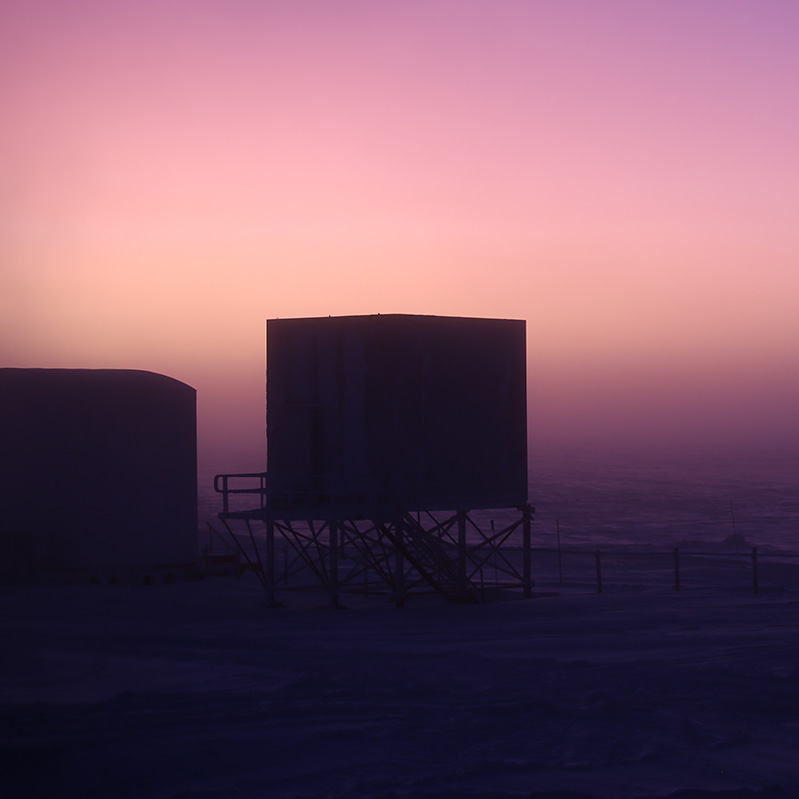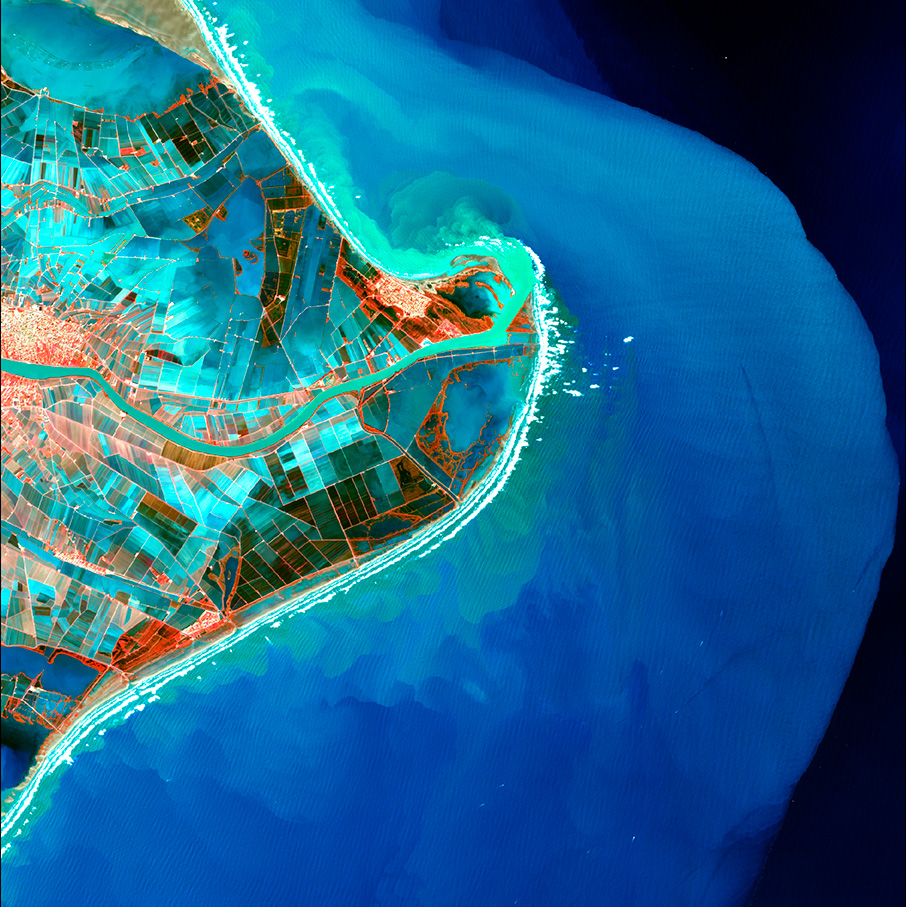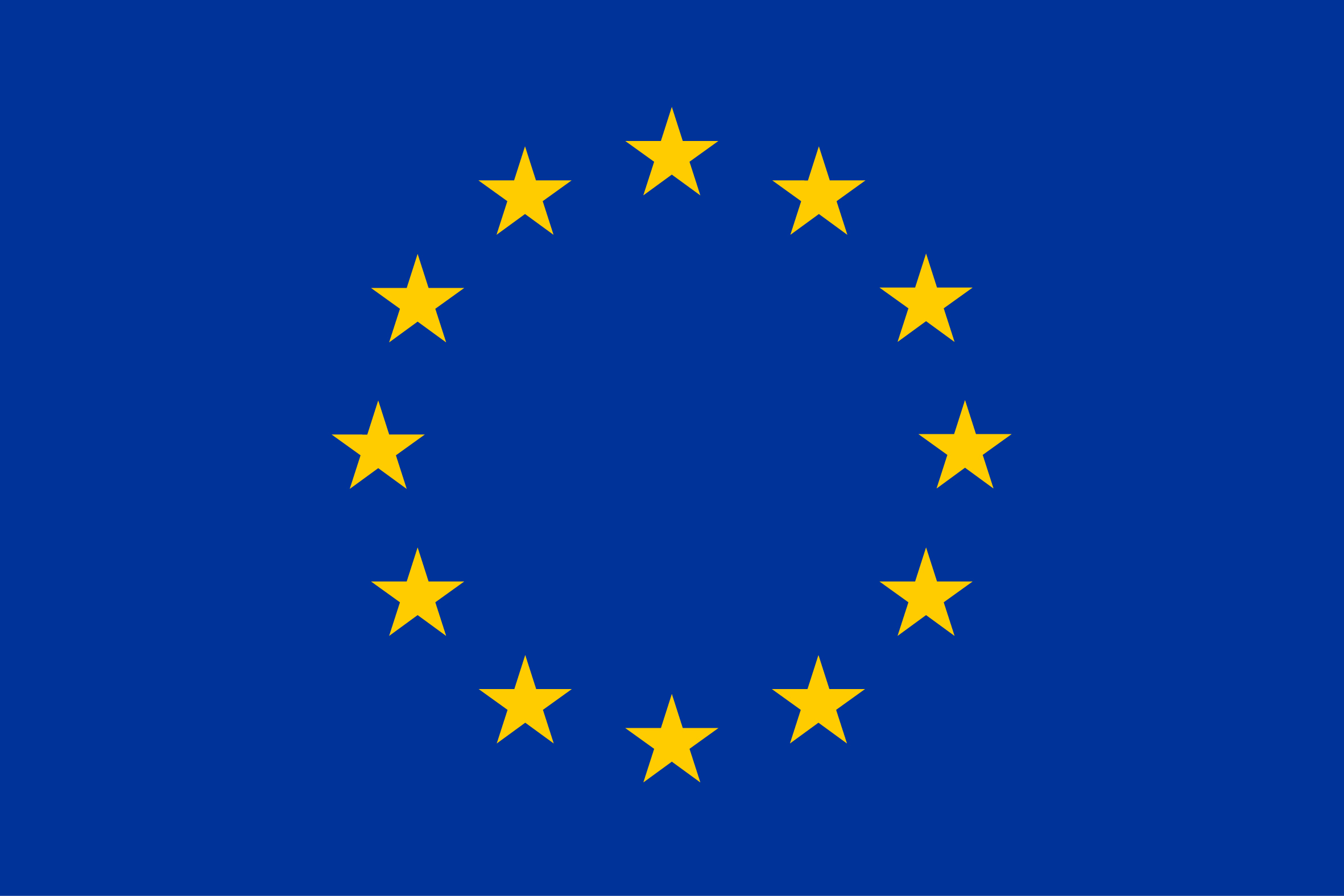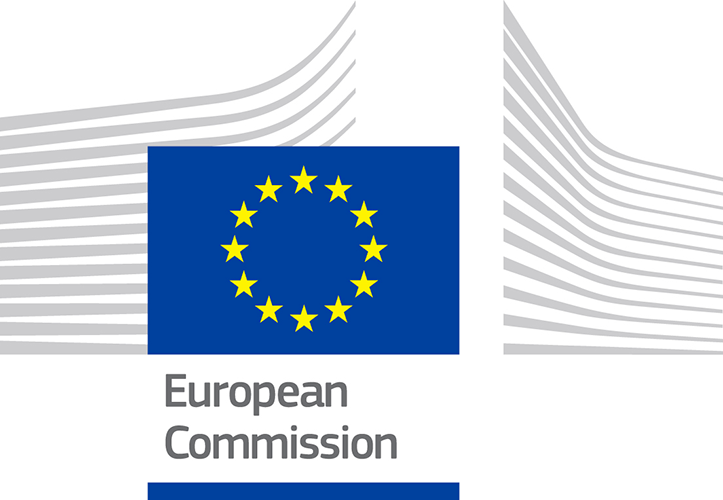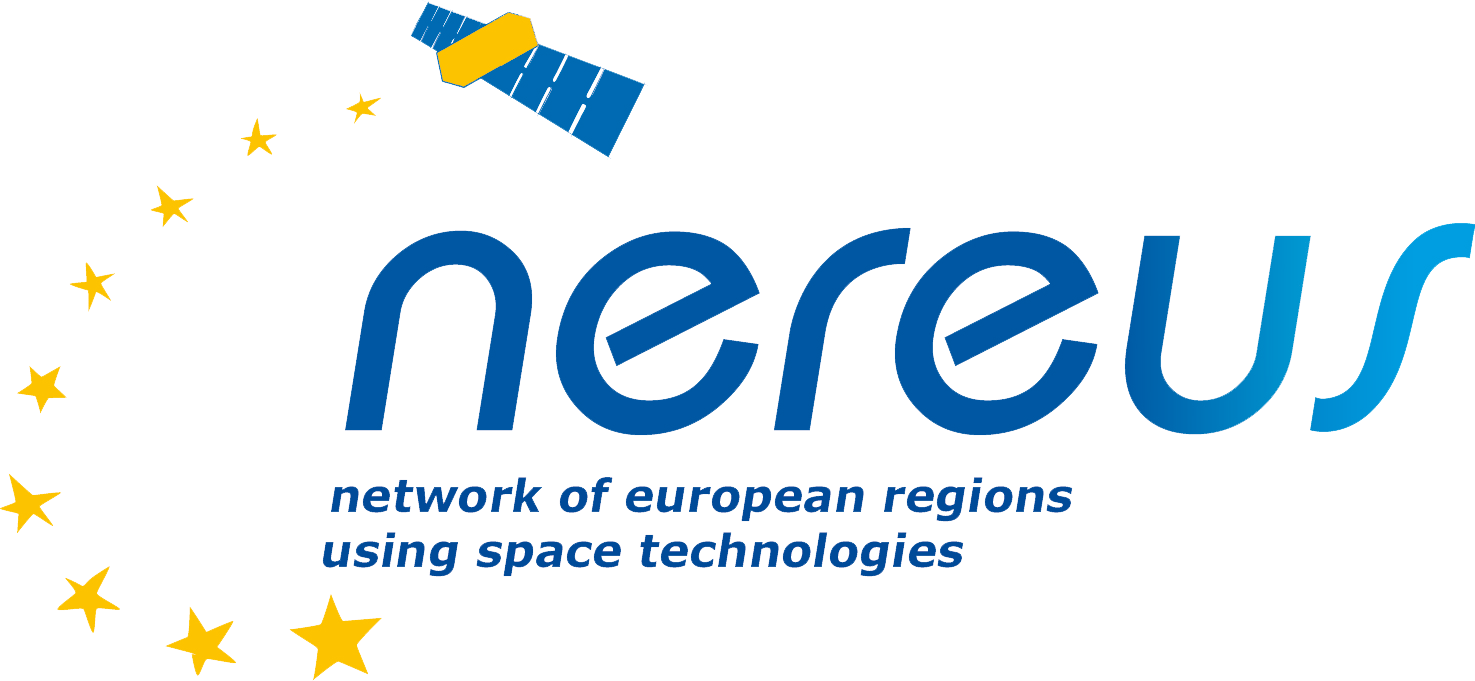Space exploration gives us a unique perspective on Earth
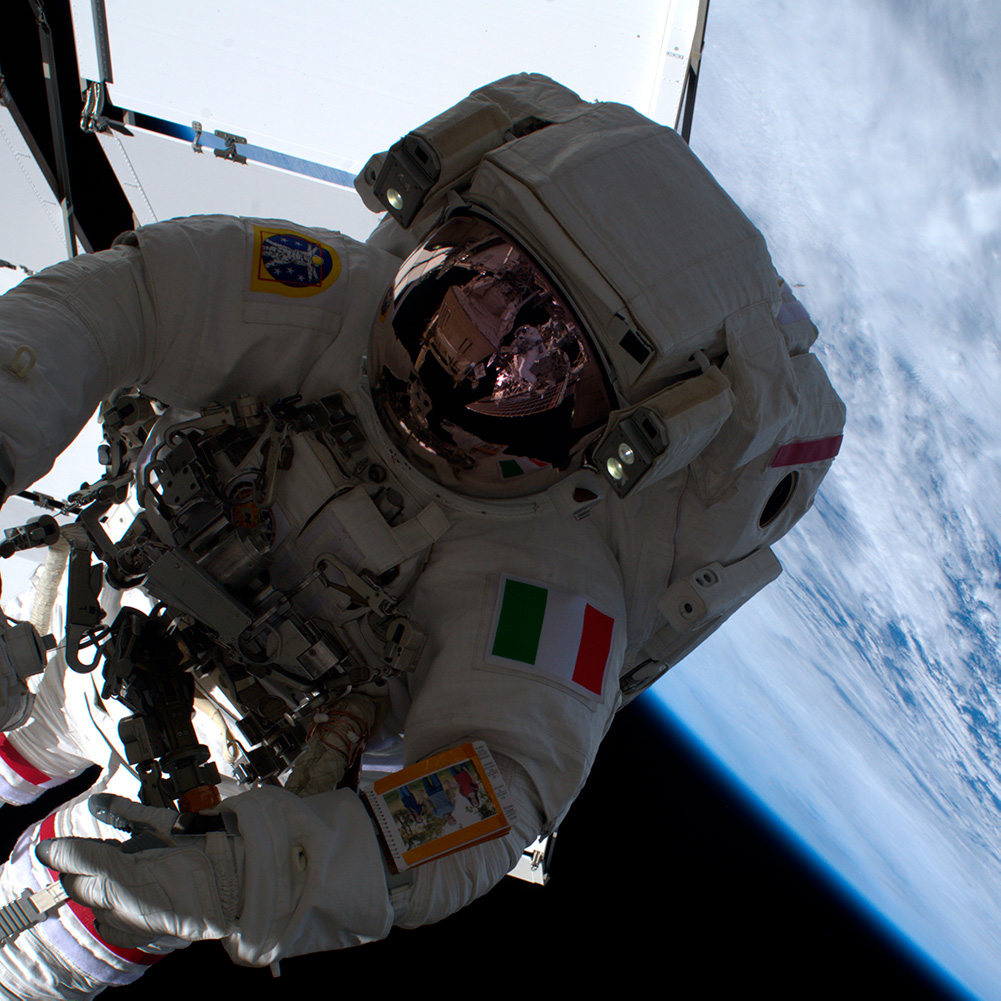
Luca Parmitano, Astronaut
European Space Agency, Cologne, Germany
“When we talk about responsible consumption and production we can make a direct link with the International space station. The ISS receives all of its energy from the sun and recycles almost 95% of its water. Beyond that, space exploration gives us a unique perspective on Earth. It is the only way for us to see Earth as a unique planet. The images that we share everyday from the ISS tell the stories, either good or bad, of what we are doing to our home Planet.”
Interview
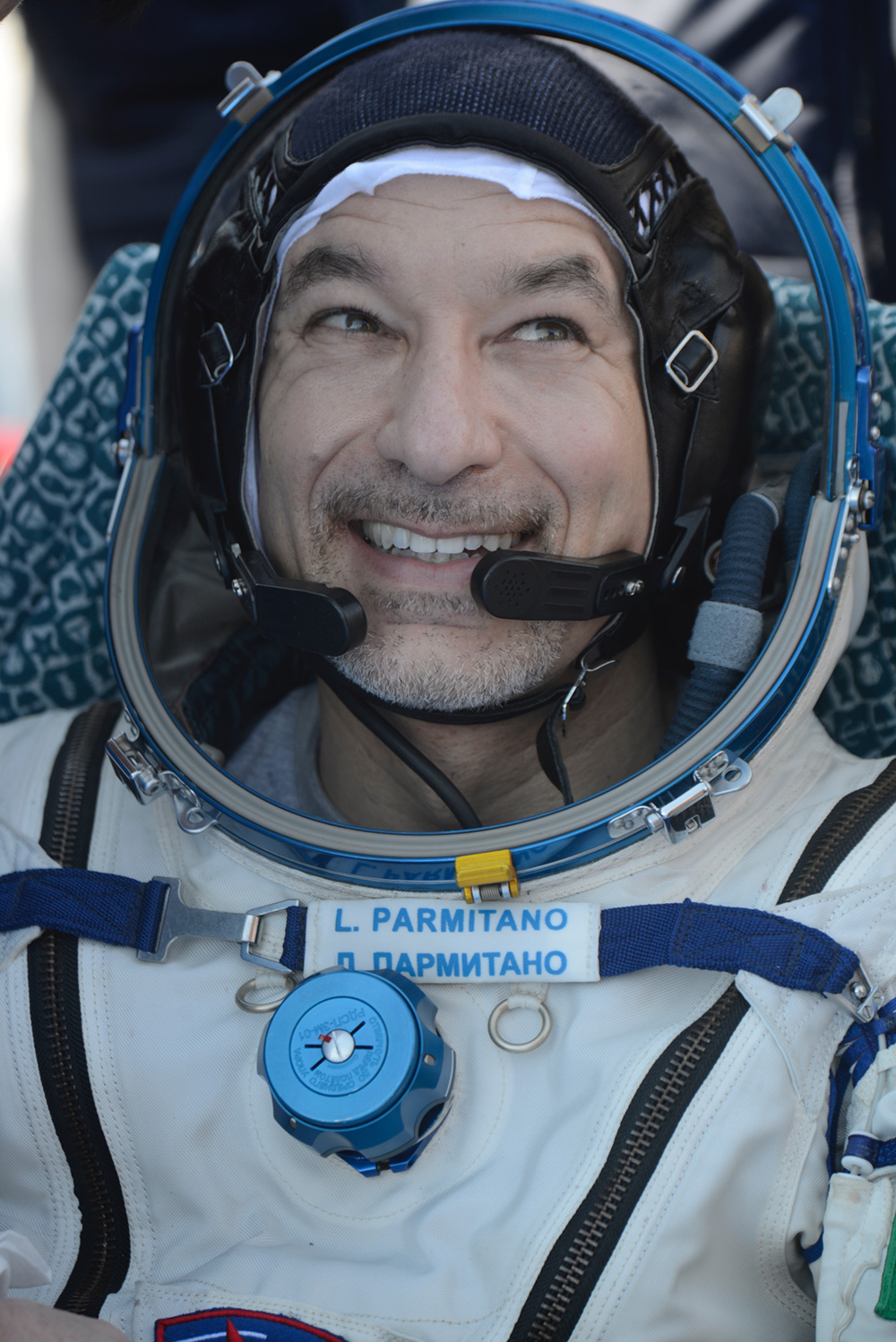
My name is Luca Parmitano, I am an astronaut with the European Space Agency, and I flew twice to the International Space Station, in 2013 and then between 2019 and 2020. My first experience onboard was the mission “Volare” for 166 days, I flew on the Soyuz. It was called TMM09, and it was my first flight. I was a rookie so I was the flight engineer.
My second mission in 2019 launched from Kazakhstan on a different kind of Soyuz called MS30 but this time I flew as the pilot of the Soyuz but then in orbit around the International Space Station (ISS), I was the ISS commander for the 2nd part of the expedition – about 4 ½ months. In total I spent 366 days on the ISS, I performed 6 extravehicular activities or space walks. I was involved in many experiments both performed by me or where I was the subject, and I also participated in the capture of three vehicles and I cooperated in many of the extravehicular activities that were performed by my crew mates.
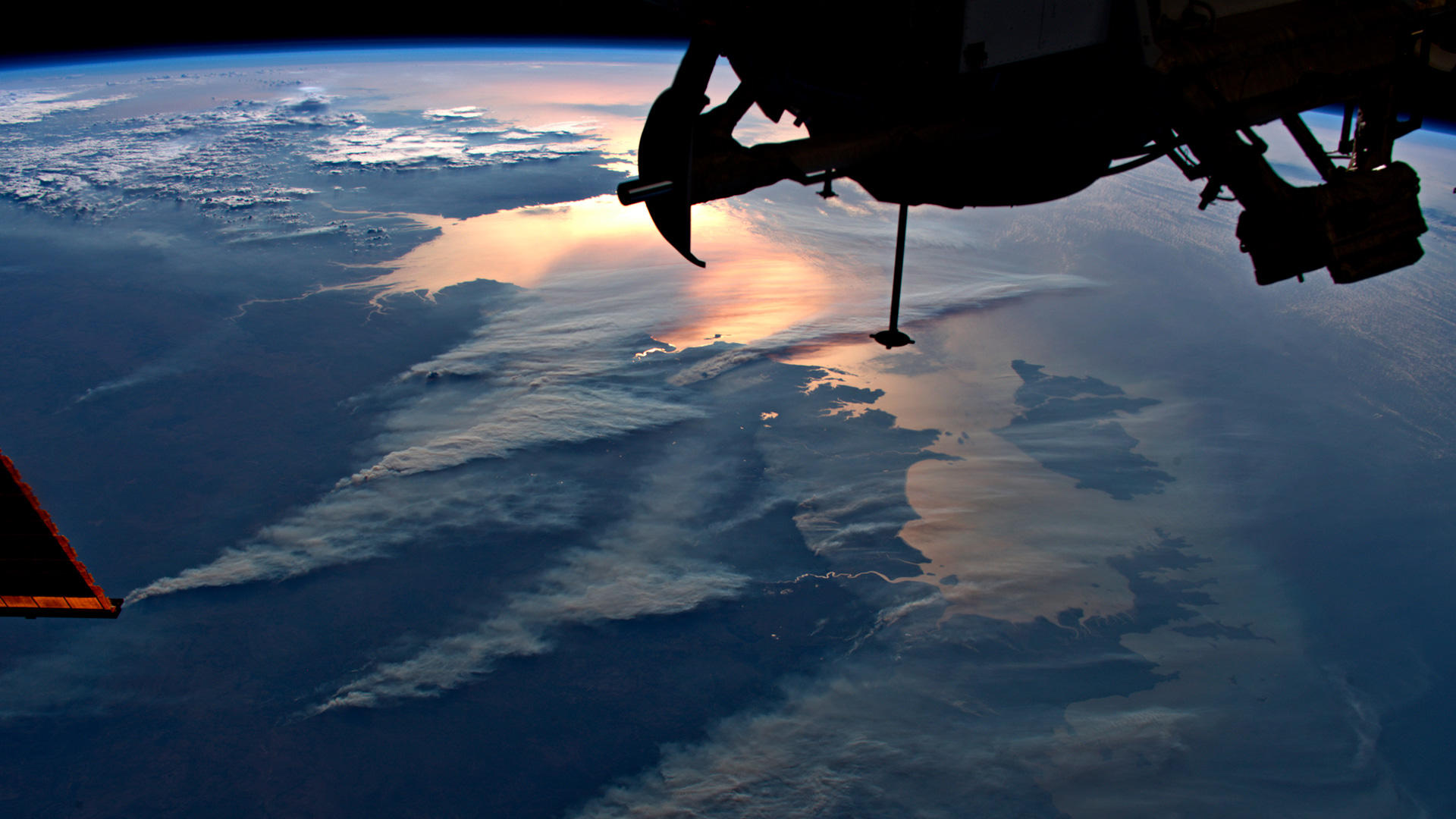
When we talk about responsible consumption and production we can definitely make a direct link with the International space station and the space program.
The ISS receives all of its energy from the sun. From the ISS’s conception, we knew we were going to use the energy of the sun to power the ISS and we built it with solar arrays that collected energy from the sun and we are able also to direct it to batteries that would store energy for the parts of the orbit when the ISS is not illuminated by the sun.
This system worked for many years until the nickel hydrogen batteries started degenerating and then a new technology, lithium-ion batteries, arrived. This technology won a Nobel prize 2 years ago, and thanks to this new technology we were able to upgrade the Space Station system to also bring it into the 21th century in a way.
However, just recently, we also upgraded the solar arrays with a new generation of solar arrays that are smaller but more powerful, and these solar arrays are being tested currently on the Space Station because they are the ones that will be deployed on future stations around the moon and who knows, maybe they can be used for spacecraft that go further than the moon.
The other thing that we do on the Space Station in terms of responsible consumption and production is to try to recycle as much water and air as we can.
The Space Station is not 100% leak proof so we do have a little loss of oxygen and other gases. From time to time, we have to put more oxygen into the atmosphere but mostly we are actually able to recycle the atmosphere by scrubbing the CO2 and using it for other purposes.
Until a few years ago, we had a system that would then reuse the CO2 to make methane and water, and so we were able to recycle that too but mostly by scrubbing the CO2. Nowadays we don’t need to re-pressurise the Space Station as often. Probably the most successful thing that we recycle on orbit is water. Water is heavy. For 1 litre, or 1 kilogramme of water, we have to send it up in tanks that are built and filled up with water and put inside spacecraft. This is expensive.
We are currently able to recycle about 92-95 % of the water thanks to our recycling system and that makes it a lot easier for us to use the water that we have. This technology that we have developed should be available everywhere on the ground especially in those locations where water is a very expensive commodity. More recently we have been trying to extract water even from solid waste; solid waste is filled with water and the idea of wasting it simply because it is hard to extract was not accepted by the space community, so now we are trying to improve our water recycling even more by extracting it even from solid waste.
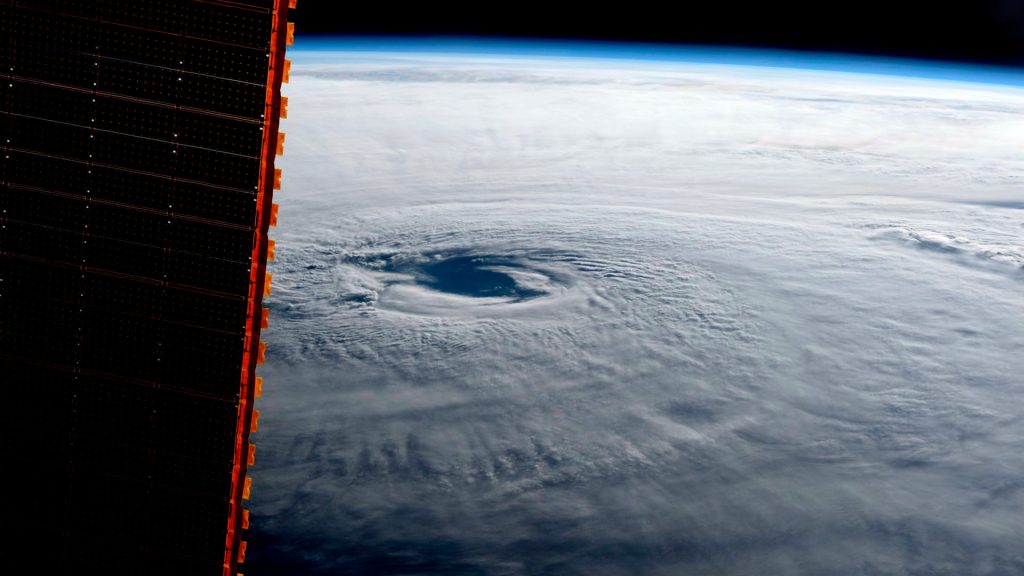
Some of the experiments that we carry out on the Space Station are very much in line with the idea of responsible consumption and production. In particular I am thinking of the experiments into biofuels. We all know that humankind has to move away from fossil fuels. Fossil fuels are rare; they are not going to be there for us forever, and they create huge amounts of pollution. So the idea of studying non-fossil fuels, biological fuels that are renewable, is being studied in order to decrease to a minimum the pollution characteristics of these fuels during combustion.
I think it is something that really captures my imagination and stirs my hopes. In orbit, combustion is simpler to study because the flame is perfectly spherical and it also lets us see effects that you cannot study on the ground.
Hopefully, in the future, from these studies, we will come up with new biofuels that will decrease the impact of our human activities on the environment.
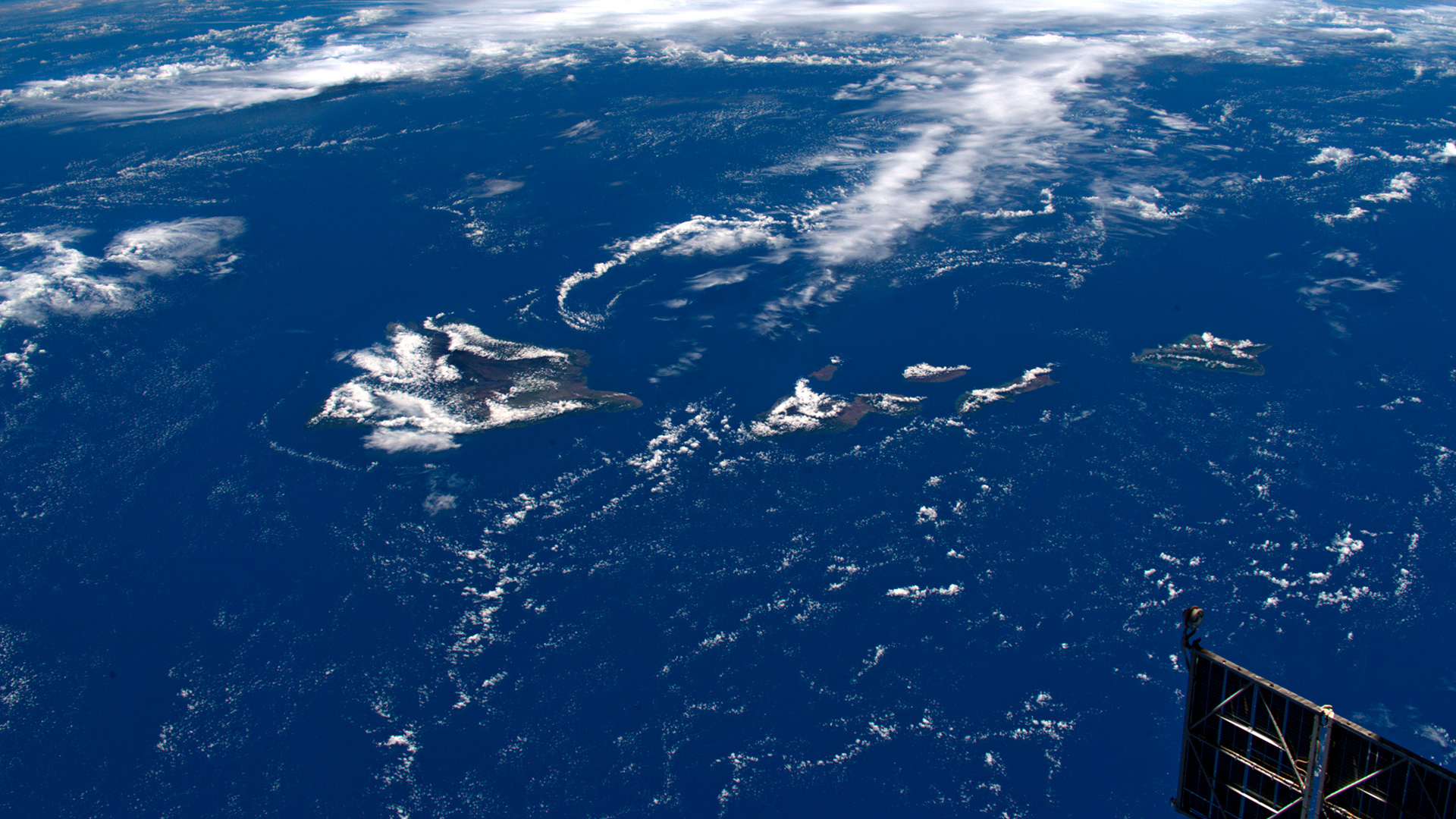
Space exploration gives us a unique perspective on Earth.
It is the only way that we see Earth as a unique planet. It is hard to realise how lucky we are when we are on the ground, we tend to take everything for granted, because it is there, it’s available to us, and we just take it.
When you are far away and even though 400 km doesn’t seem like a great distance, you start understanding that even the smallest things can be extremely precious, and seeing this from far away you get the sense of how fragile the Earth really is.
The atmosphere is a very thin line and it protects everything that is alive in the universe that we know. There is no other planet like planet Earth, we haven’t been able to find any, certainly not in our solar system, and we are not an interstellar species yet.
The idea that we need to protect this planet, the only one that is currently inhabitable comes very easy to those that have seen it from above. The images that we share everyday tell a story, sometimes there are good stories, where we can help farmers better use their equipment and their technology to farm; sometimes it tells terrifying stories, some of the pictures that we are able to share show disruption and terrible meteorological events.
We have seen them all: hurricanes, fires, floods, and many of these have been increasing lately because of the ongoing climate change. Climate change is something that we can influence with our way of life. If it means that we can change our way of life to stop climate change and maybe, in many, many years, reverse it, then our stories and our images are testimony to that.
When I was about to leave the Space Station for the first time back in 2013, I looked at the planet and I realised again how unique it is and I decided to write something that could express this.
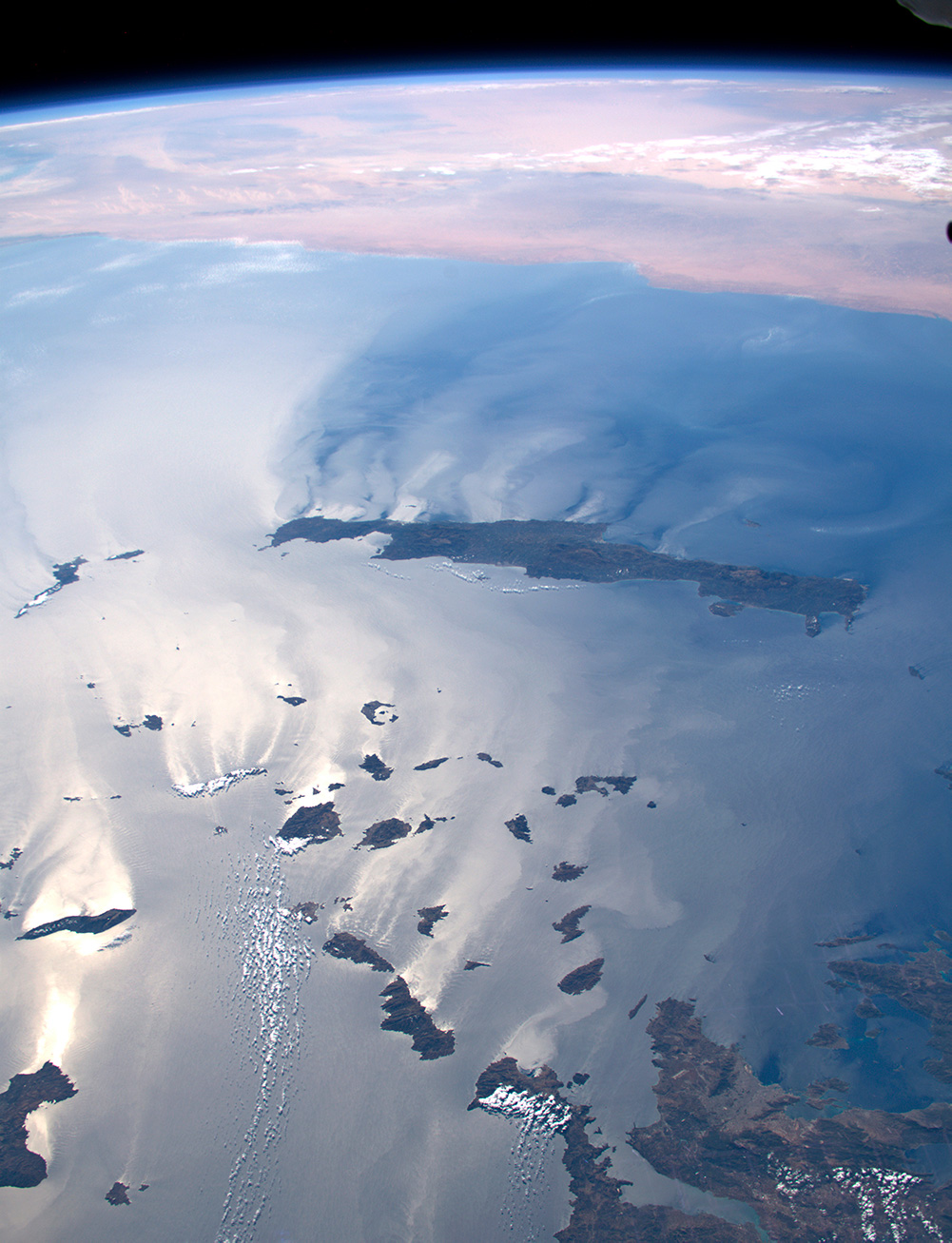
If I were a voyager coming from thousands of miles away, or millions of miles away, light years away, and I encountered Earth, I would be fascinated with its blue colour and its water.
I would be fascinated with the green of its hills and pastures and the white of its snow capped mountains. I would be amazed by the breeze and the air. I would want to smell the salt from the sea, and I would want to feel the sand under my feet because that is the beauty of our planet. Then I realise how lucky I am because this is my planet, this is my home, and I want to preserve it, and I would like everybody to help me in this.
Ensure sustainable consumption and production patterns
Check out more
